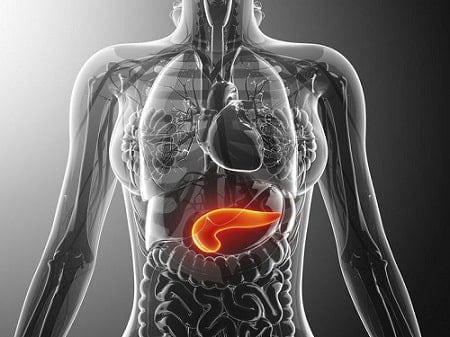What is Januvia?
Januvia is an oral diabetes drug that is used to treat people with type 2 diabetes. Type 2 diabetes is a condition where the pancreas cannot make enough insulin or the body becomes resistant to it. Insulin is the hormone which helps glucose enter the muscle cells to be used for energy. Without this hormone, glucose will stay in the bloodstream, leading to high blood sugar levels. If untreated, high blood sugar levels can lead to long-term problems such as blindness, kidney damage, or loss of limbs. Patients with type 2 diabetes can take Januvia together with a proper exercise and diet program to help them control their blood sugar levels. Januvia, which is also known as Sitagliptin, works by increasing the levels of Insulin, which enhances the postprandial GLP-1 response. Sitagliptin also decreases the amount of glucose produced by your liver. This helps to reduce high blood sugar levels in patients with type 2 diabetes. The drug should not be used to treat patients with type 1 diabetes.
Januvia and pancreatitis
Patients who take Januvia to treat type 2 diabetes may have an increased risk of developing a medical condition known as pancreatitis; however, some researchers don’t believe there is a strong connection. Even without medication, people with diabetes are twice as likely to develop pancreatitis. It is always important to discuss possible risks with your doctor prior to starting a new treatment.
Before you start using this medication, you should inform your doctor if you have had pancreatitis before. If you experience severe abdomen pain that extends to your back, vomiting, or a fast heartbeat, inform your doctor and stop taking your medication. Your doctor can use alternative diabetes medication to help you control your blood sugar levels.
—


